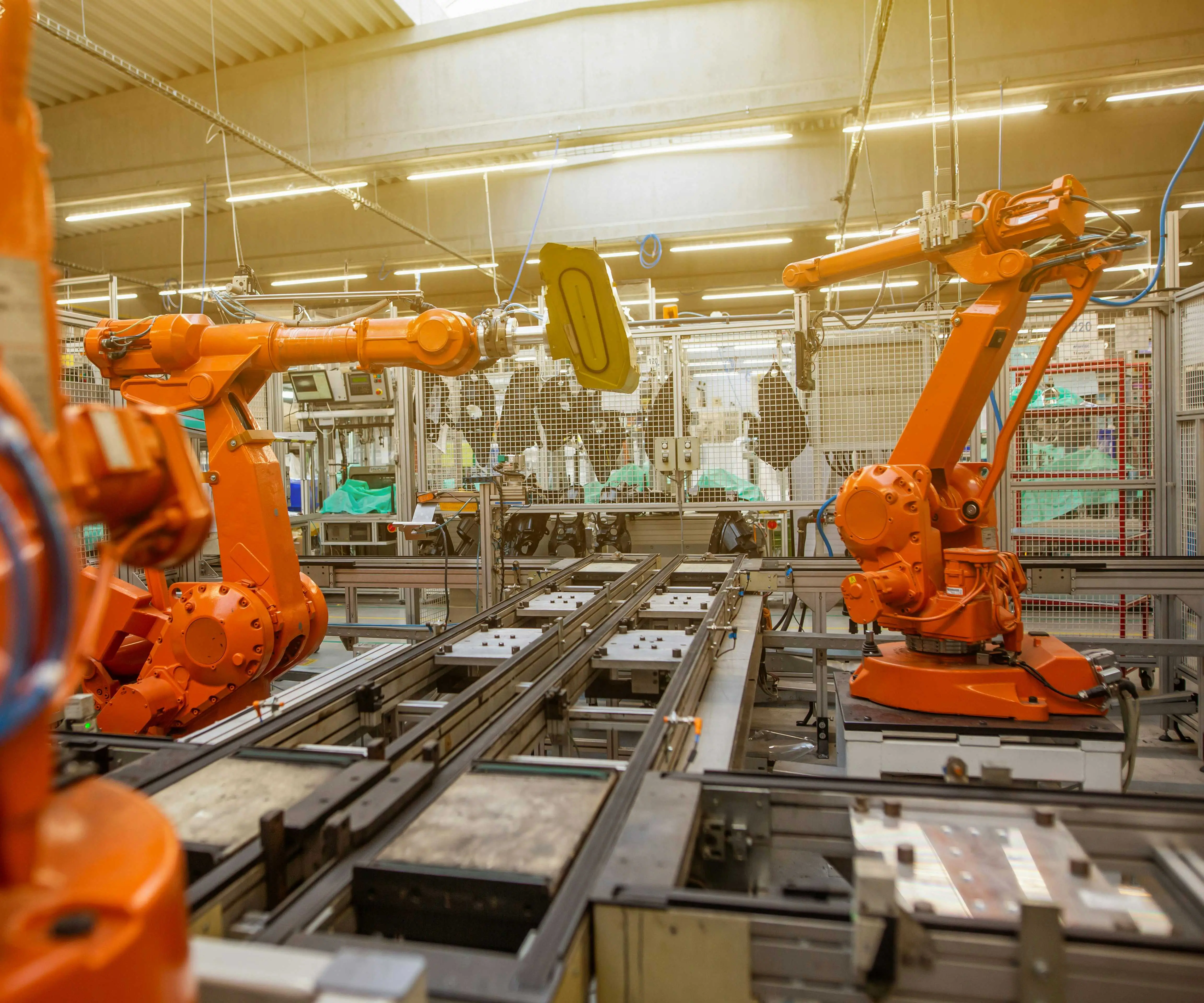Unlocking the Power: A Deep Dive into the Torque of Servo Motors
Imagine commanding a robotic arm to precisely pick and place tiny electronic components or an autonomous drone adjusting its wings mid-flight—these feats hinge on a vital, often overlooked player: the servo motor. Central to their operation, the torque of a servo motor dictates how forcefully the motor can turn a load, influence accuracy, and respond swiftly to commands. But what exactly is torque, and why is it so critical in the realm of servo technology?

What is Torque in the Context of Servo Motors?
In simple terms, torque refers to the rotational force that a motor can generate. Think of it as the turning power needed to rotate an object around an axis—like twisting a doorknob or spinning a potter’s wheel. When applied to servo motors, torque determines the motor’s ability to move, hold positions against external forces, and perform under various load conditions.
A servo motor's torque isn't just about how much force it can produce at a standstill or at maximum speed; it's a dynamic characteristic that changes based on numerous factors including electrical input, mechanical load, and control algorithms. As a key parameter, torque influences the motor's capability to deliver precise, swift, and reliable movements essential across industries—from manufacturing and automation to robotics and aerospace.
Why is Torque Such a Critical Parameter?
In many applications, torque is synonymous with a motor’s capacity to perform tasks. For example, in robotic arms, sufficient torque allows the arm to lift objects, exert pressure, or resist external forces without losing control. In servomechanisms used in CNC machines, the right torque ensures that cutting tools follow programmed paths accurately under varying loads.
If the torque is too low for a given load, the motor might stall, slip, or fail to reach its intended position. Conversely, excessive torque may lead to unnecessary energy consumption, increased heat, and potential mechanical stress. The challenge, therefore, lies in selecting a servo motor with the appropriate torque rating—powerful enough to handle operational loads but efficient enough to minimize waste.
How Torque is Measured in Servo Motors
Measuring torque involves understanding the relationship between electrical input and mechanical output. The most common metric used is ounce-inches or Newton-meters (Nm). For instance, a servo rated at 10 Nm can exert ten newtons of force at one meter away from the axis of rotation.
Test setups typically involve applying known loads to the motor’s shaft while measuring the electrical current and voltage supplied. Modern servo controllers often feature built-in sensors to monitor torque in real-time, offering valuable feedback for precision control and dynamic adjustments.
The Role of Torque in Servo Motor Control
Servo systems are closed-loop feedback mechanisms, continuously adjusting their performance based on positional and load data. Torque control plays a pivotal role here. For example, in torque mode, the servo attempts to produce a specified torque regardless of positional errors or external forces. This mode is especially useful in applications that require force control, such as pressing or assembly tasks.
By managing torque effectively, systems can adapt to unexpected disturbances, prevent mechanical damage, and optimize energy efficiency. This dynamic adaptability is part of what makes servo motors versatile and indispensable in high-precision environments.
Types of Servo Motors and Their Torque Characteristics
There are primarily two types of servo motors: AC servo motors and DC servo motors, each with distinct torque profiles.
AC Servo Motors: Known for high efficiency and robustness, these motors provide high torque at various speeds, especially suitable for industrial applications where steady performance over long periods is necessary.
DC Servo Motors: They typically offer excellent low-speed torque and high acceleration capabilities, making them popular in applications demanding quick, precise movements.
Some servo motors are designed with torque constants, which relate the current supplied to the shaft torque produced. Understanding these constants helps engineers fine-tune systems for optimal load handling.
The Relationship Between Torque, Speed, and Power
A vital aspect to grasp is the torque-speed-power relationship. Power, in rotational systems, is calculated as:
[ P = \tau \times \omega ]
Where:
( P ) is power (Watts), ( \tau ) is torque (Newton-meters), ( (\omega) ) is angular velocity (radians per second).
This means that for a given motor, increasing speed (rpm) often results in a reduction in available torque, and vice versa. Many servo motors have a torque rated at zero speed (stall torque), which indicates the maximum torque they can generate without moving.
Understanding this balance assists designers in choosing the right motor for applications where either high torque at low speeds or moderate torque at high speeds is required. It also influences how servo systems are programmed to optimize performance.
Mechanical and Electrical Factors Affecting Torque
Several elements influence a servo motor’s torque output:
Supply Voltage: Higher voltage can generate more torque up to a designed limit. Current Supply: Increased current increases torque proportionally, especially in DC motors. Gearboxes: Using gear reducers can amplify torque, but may reduce speed. Temperature: Excessive heat can decrease efficiency and torque capacity. Control Algorithms: Effective PWM (pulse-width modulation) and current control optimize torque delivery.
The Importance of Selecting the Right Torque Rating
Not every servo motor suits every purpose. Choosing a motor with the correct torque ensures system reliability, longevity, and optimal performance. Under-torque motors may cause stalls or inaccuracies, whereas over-torque motors can be an unnecessary expense and energy drain.
Engineers analyze anticipated loads, acceleration requirements, and positional accuracy to determine the appropriate torque rating. This balancing act involves a careful assessment of the operation conditions and considering future scalability.
Established in 2005, Kpower has been dedicated to a professional compact motion unit manufacturer, headquartered in Dongguan, Guangdong Province, China.




































